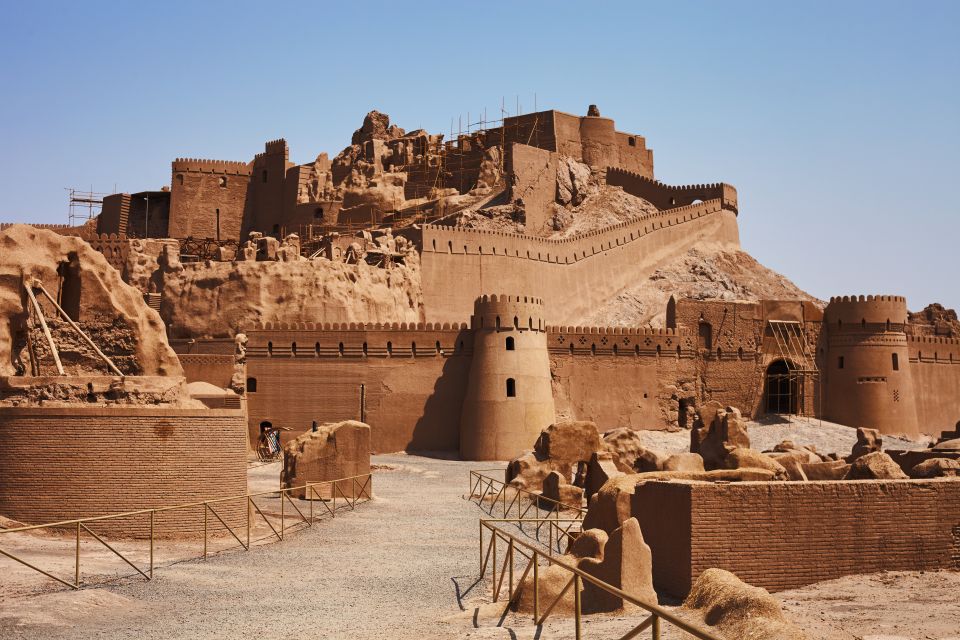Building a traditional building to attract tourists is a very popular idea. There are so many historic sites that need to be shown off to tourists. Some of these are museums, and others are historical structure. These can attract tourists by offering them the chance to see these buildings up close and personal. These structures
Category: News
Traditional buildings were built in a more basic fashion which allows little ventilation, air movement and high levels of humidity. Keeping your home warm and maintaining good indoor air circulation is difficult but is entirely possible. With the exception of the coldest winter months, most homes are not at risk for significant heat loss. Unfortunately,

